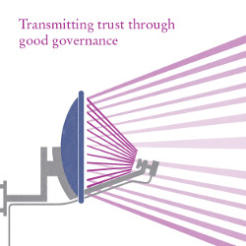Charity annual reports often reveal little about governance and are treated by trustees as “a compliance exercise”, the head of accountancy services at the Charity Commission has said.
Nigel Davies was writing in the Charity Governance Review 2016: Transmitting trust through good governance, the fourth annual report into charity governance by auditors Grant Thornton, which looks at the annual reports of the top 100 charities.
“Too often we find the narrative of an annual report is either a series of facts or it is treated as a compliance exercise conveying little insight into the work of the trustees, the effectiveness of their oversight and the challenges that they have overcome in keeping the work of their charity relevant and effective to the times,” Davies wrote.
Davies questioned whether the right questions were asked in the existing Statement of Recommended Practice, or SORP – the set of rules which govern what appears in charity annual reports and accounts. He called on charities to respond to a current consultation on the SORP to suggest how this area could be improved.
The Grant Thornton report highlighted many areas where charities currently make limited disclosures. It said that many charities produce only limited impact reports, and give little information about trustee recruitment, tenure and skills, and that a third of charities do not have a reasonable level of disclosure around their reserves. Only a quarter list salaries for one or more named individuals.
The report also highlighted the changing nature of the risks faced by charities. An analysis of the top ten risks faced by the top 100 charities found that 50 now list loss of contracts as a risk – the single biggest risk they say they face – and 41 list service delivery.









